July 1 - 7, 2018: Issue 366
Pittwater Natural Heritage Association Careel Creek Planting Day June 2018
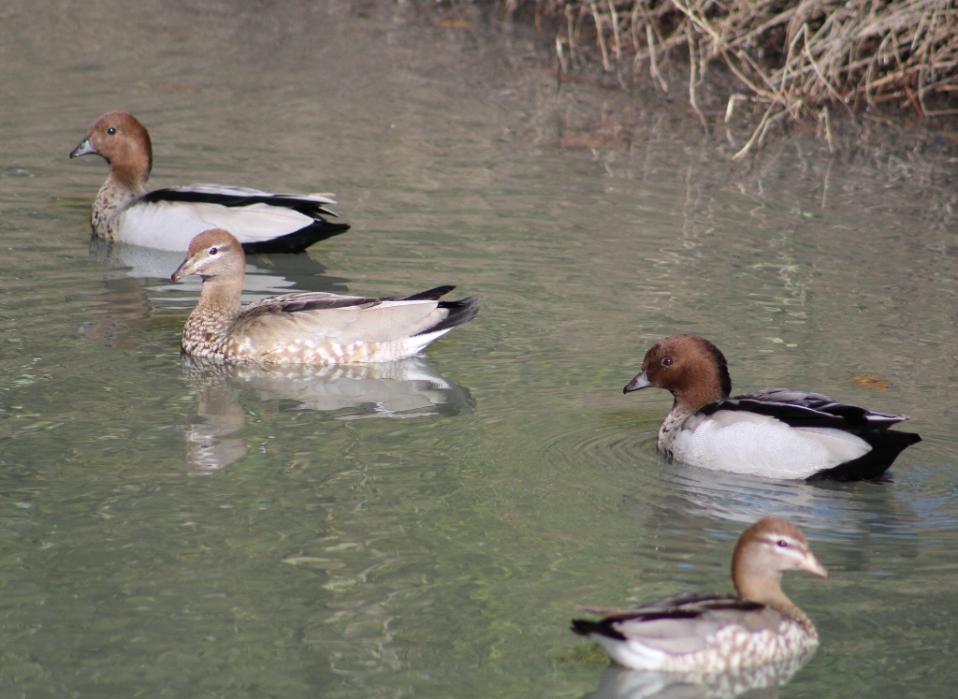
PNHA Careel Creek Planting Day - June 2018
Stroll through the walkway between the end of Joseph and John St Avalon to see what we planted yesterday (Sunday June 24).
This formerly weedy place will soon be natural vegetation again - estuary-edge native plants, with some shrubs on the higher ground.
Thanks very much to our volunteers and to the neighbour for letting us use water to get the plants off to a good start.
Karin Nippard NB Council Bushland Manager supervised the work for this grant funded event.
This was a Community Planting Day. The Pittwater Natural Heritage Association's grant of nearly $24000 from Greater Sydney Local Land Services is paying contractors to deal with vine weeds such as Morning Glory that smother native plants, on the ground and up trees, and also buying tubestock native plants.
Careel Creek Bushcare group works on the fourth Saturday morning of each month, at various locations along the creek and nearby. The project is run in partnership with Northern Beaches Council. Contact pnhainfo@gmail.com for more information.

This volunteer was really determined to get cigarette butts out of the creek.

Pittwater Natural Heritage Association Membership Application
 PNHA aims to raise awareness of the conservation value of the natural heritage of the Pittwater local government area of Sydney, and of the threats to its sustainability; to foster individual and community responsibility for caring for this natural heritage; to seek and manage funds for expenditure on achieving these objectives.
PNHA aims to raise awareness of the conservation value of the natural heritage of the Pittwater local government area of Sydney, and of the threats to its sustainability; to foster individual and community responsibility for caring for this natural heritage; to seek and manage funds for expenditure on achieving these objectives.Membership is open to all who support these aims.
Important: The PNHA membership year is July 1st to June 30. Renewals fall due on 1st July each year.
Membership lapses if not renewed by the end of September.
Membership of our email group allows you to get PNHA newsletters, information on important local issues, upcoming events, and campaigns. Membership is $20 or $10 for pensioner/student
Our latest PNHA Newsletter 76 is now online HERE
Read about wild life in the 'Burbs - How to identify local owl calls, the Wing Tag project and PNHA's latest campaign news.
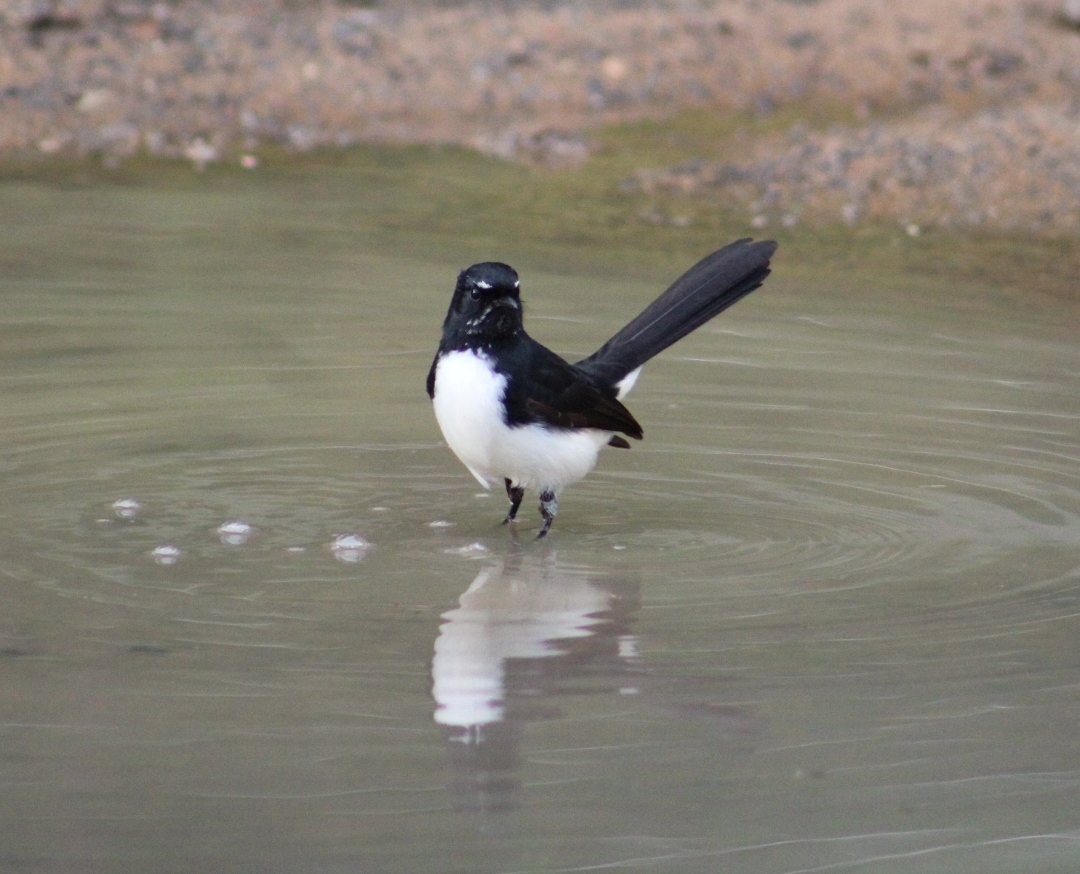

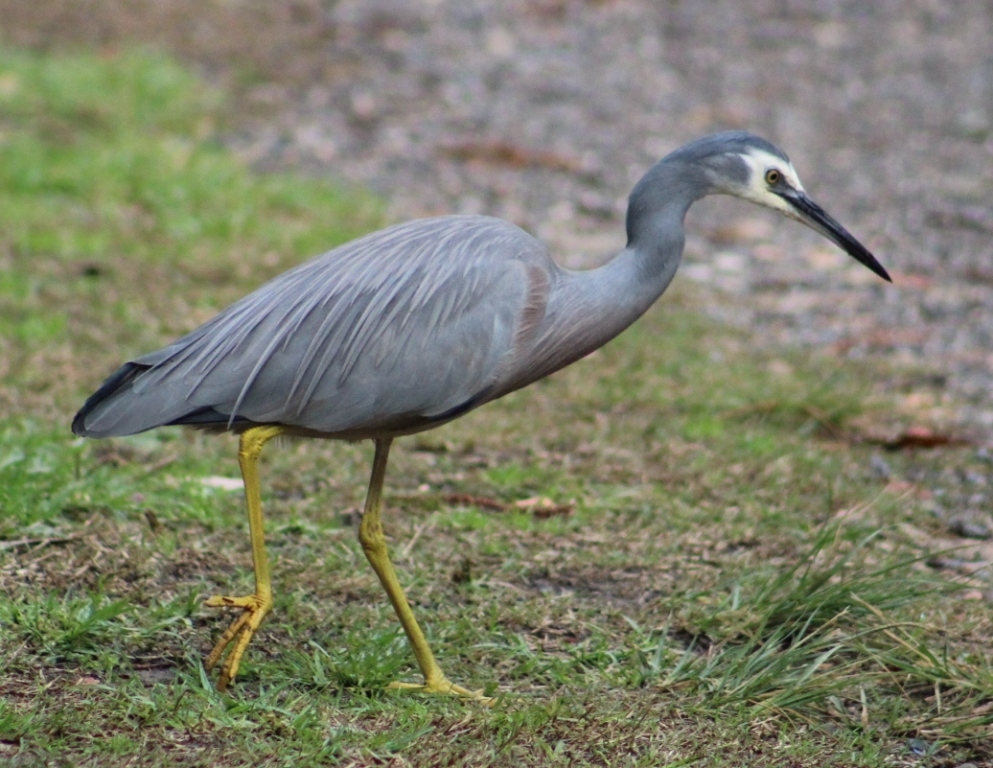
Willie Wagtail (Rhipidura leucophrys), Rainbow Lorikeet (Trichoglossus moluccanus) and White-faced Heron (Egretta novaehollandiae) enjoying food the rains bring - Careel Creek track behind BHS June 27th, 2018.
Australian Wood Duck Flock In Careel Creek
Photographed June 15th, 2018
The Australian wood duck, maned duck or maned goose (Chenonetta jubata) is a dabbling duck found throughout much of Australia. It is the only living species in the genus Chenonetta.
The Australian wood duck was first described by the English ornithologist John Latham in 1801 under the binomial name Anas jubata.This 45–51 cm duck looks like a small goose, and feeds mostly by grazing in flocks.EtymologyChenonetta: Greek: χην khēn, χηνος khēnos “goose”; νηττα nētta “duck”.jubata: Latin: iubatus “maned, crested”, from iuba “mane, crest”
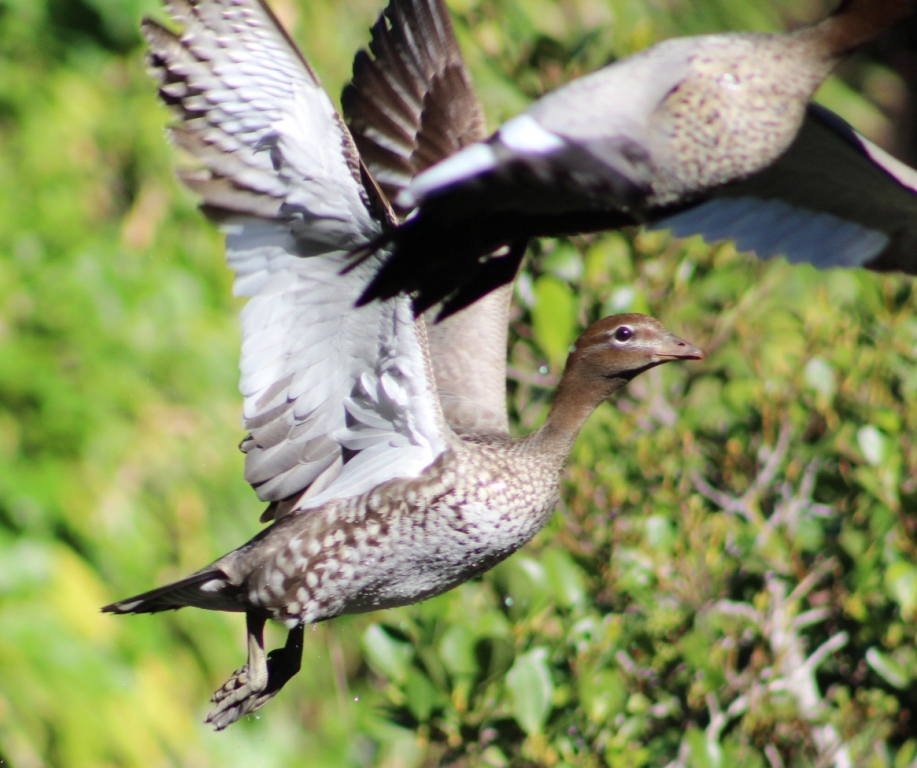
The male is grey with a dark brown head and mottled breast. The female has white stripes above and below the eye and mottled underparts. Both sexes have grey wings with black primaries and a white speculum. Juveniles are similar to adult females, but lighter and with a more streaky breast.
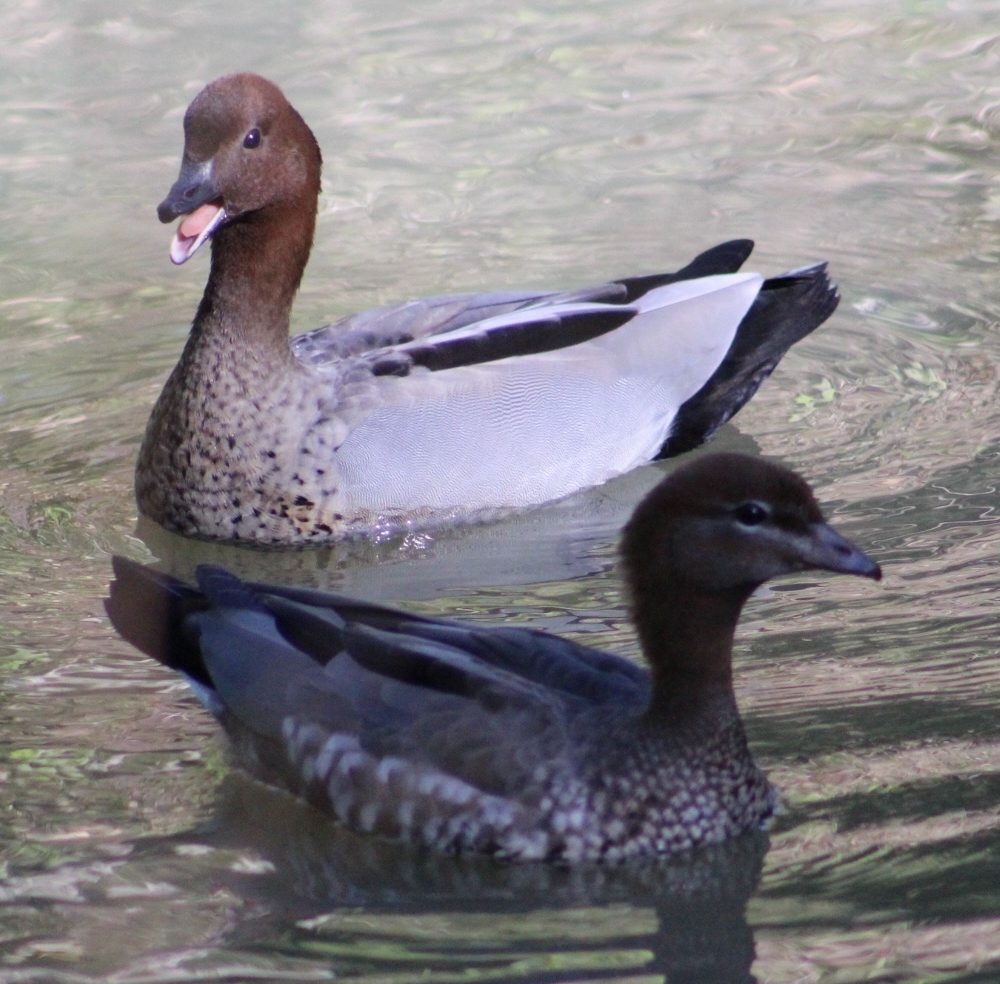
Male Australian wood duck
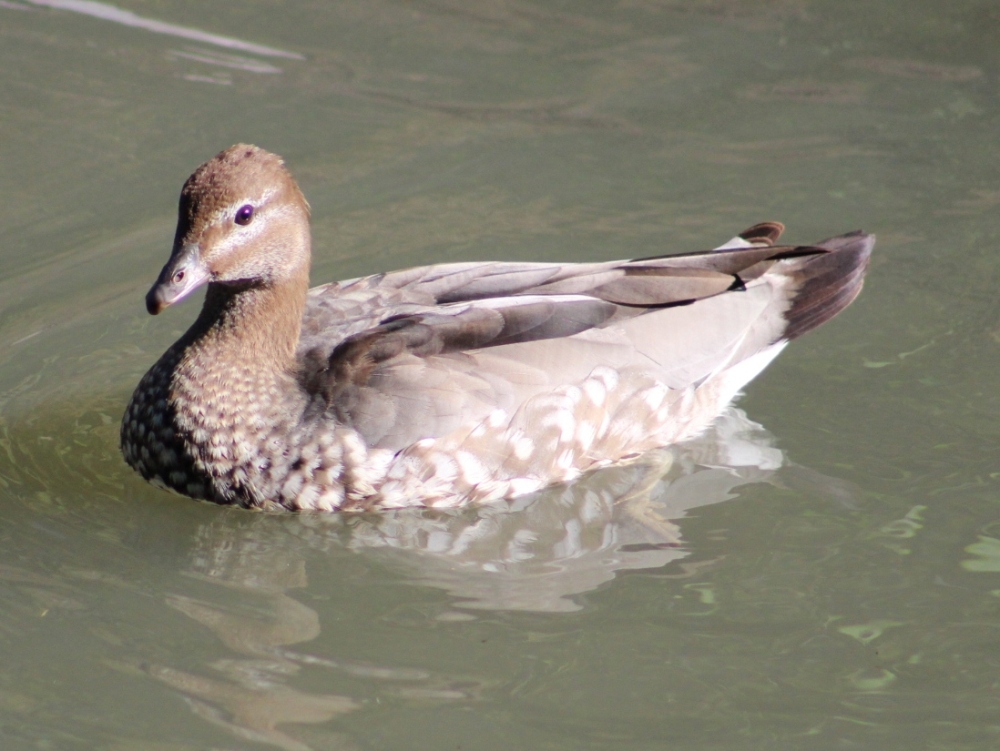
Female Australian wood duck
The Australian wood duck is widespread in Australia, including Tasmania. The Australian wood duck is found in grasslands, open woodlands, wetlands, flooded pastures and along the coast in inlets and bays. It is also common on farmland with dams, as well as around rice fields, sewage ponds and in urban parks. It will often be found around deeper lakes that may be unsuitable for other waterbirds' foraging, as it prefers to forage on land.
The most common call is a loud, rising croaky gnow sound by the females, and the male call is the same except smoother, shorter and higher than the females. Staccato chattering is also present in flocks.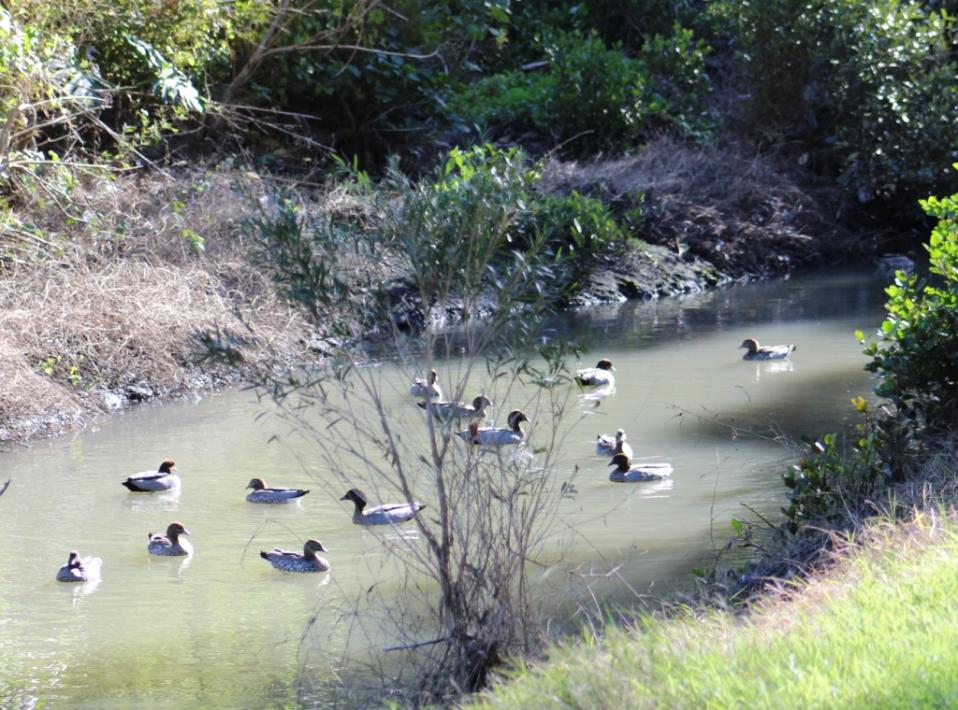
Photographed June 15th, 2018
The Australian wood duck, maned duck or maned goose (Chenonetta jubata) is a dabbling duck found throughout much of Australia. It is the only living species in the genus Chenonetta.
The Australian wood duck was first described by the English ornithologist John Latham in 1801 under the binomial name Anas jubata.
This 45–51 cm duck looks like a small goose, and feeds mostly by grazing in flocks.
Etymology
Chenonetta: Greek: χην khēn, χηνος khēnos “goose”; νηττα nētta “duck”.
jubata: Latin: iubatus “maned, crested”, from iuba “mane, crest”

The male is grey with a dark brown head and mottled breast. The female has white stripes above and below the eye and mottled underparts. Both sexes have grey wings with black primaries and a white speculum. Juveniles are similar to adult females, but lighter and with a more streaky breast.

Male Australian wood duck

Female Australian wood duck
The Australian wood duck is widespread in Australia, including Tasmania. The Australian wood duck is found in grasslands, open woodlands, wetlands, flooded pastures and along the coast in inlets and bays. It is also common on farmland with dams, as well as around rice fields, sewage ponds and in urban parks. It will often be found around deeper lakes that may be unsuitable for other waterbirds' foraging, as it prefers to forage on land.
The most common call is a loud, rising croaky gnow sound by the females, and the male call is the same except smoother, shorter and higher than the females. Staccato chattering is also present in flocks.

The ecosystem being restored through PNHA works is attracting and making homes for local fauna.

Report by Marita Macrae, Photos by Marita Macrae and A J Guesdon, 2018.